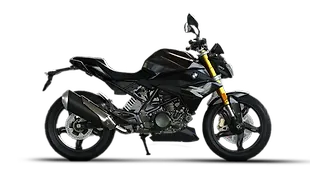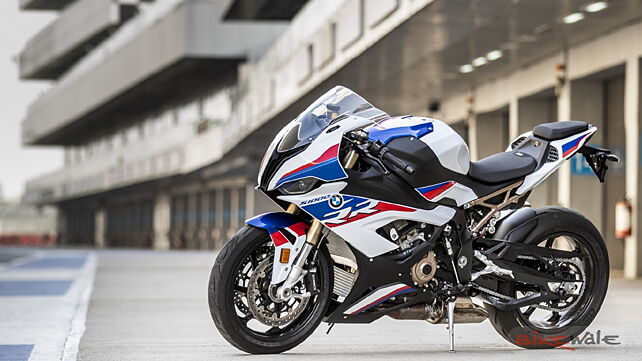
- Patent application titled as ‘motorcycle with a supercharged internal combustion engine’
- Technical drawing comprises of a supercharger, electric motor and an intercooler
BMW Motorrad has filed a patent application for a supercharged internal combustion engine that is based on its flagship S 1000 RR motorcycle. Leaked patent images provide an insight into the next development that the German motorcycle brand has been working on. Titled as the ‘motorcycle with a supercharged internal combustion engine’, the patent application features an S 1000 RR and a technical diagram comprising of a supercharger, electrical motor and an intercooler.
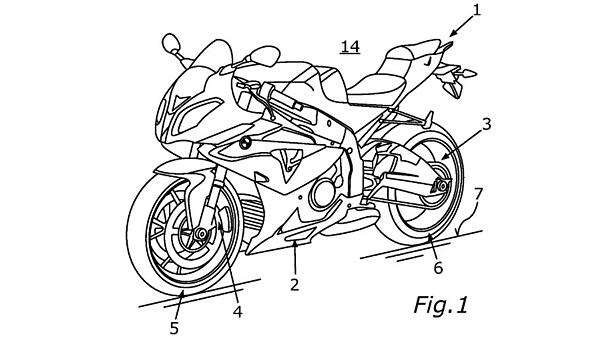
For all those not in the know, a turbo-charger works on the exhaust system of an internal combustion engine whereas a supercharger works on the engine’s crank. Which means, as the throttle opens, the engine builds speed which in-turn also rotates the supercharger as it draws power from the crankshaft. While this setup doesn’t suffer from turbo-lag at lower rpm as witnessed in a turbocharged engine, its efficiency is less at lower engine speeds. To fill this void, the supercharger is assisted by an electric motor which provides the necessary power at lower engine speeds. This allows the system to be more efficient and quicker in pushing more air into the combustion chamber to ultimately achieve a bigger bang.
The technical document in the leaked patent images has a general illustration of how the different components have been positioned. The air coming from the throttle body enters the supercharger (28) which is driven by an electric motor (24) which pushes compressed air into the combustion chamber (11) via an intercooler (18).
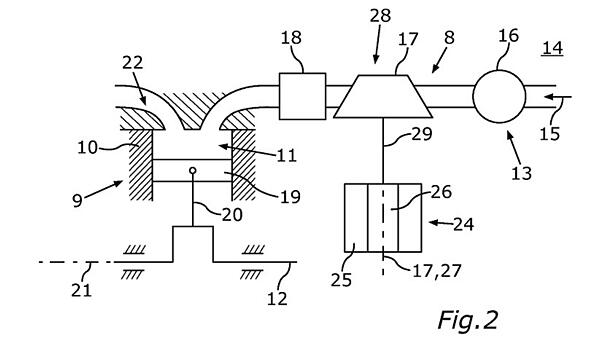
An electrically-powered supercharger will generate forced-induction power right from the point when the throttle is opened, making the availability of more power instant. This will also allow the supercharged setup to achieve peak power output at a low rpm as compared to mechanically-powered superchargers which need to be revved to the redline to attain maximum power gains. In simple terms, one wouldn’t require to open the throttle completely to get the best out of the engine. Furthermore, this arrangement provides the added benefit of keeping the overall revs low which, in turn, help achieve lower exhaust gas emissions.
Since the development of the motorcycle seems to be in its early stages, it is too soon to provide a timeline on when we could see a prototype of this setup. However, considering BMW’s constant effort to improve its products with technological advancements, expect the electric-supercharged S 1000 RR to be one heck of a motorcycle.

![BMW S1000 RR [2018-2019] Image BMW S1000 RR [2018-2019] Image](https://imgd.aeplcdn.com/272x153/bw/models/bmw-s1000-rr-2019-standard20190725105524.jpg?q=80)
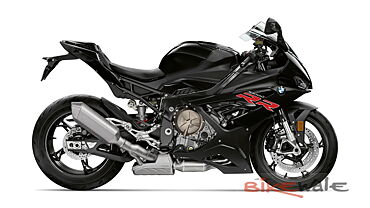
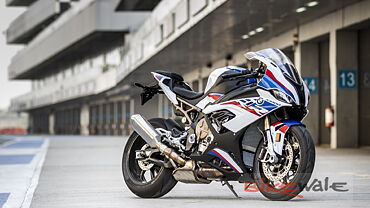
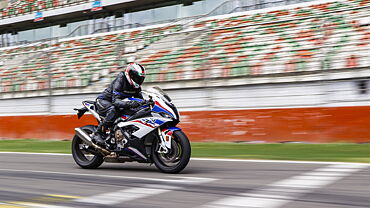
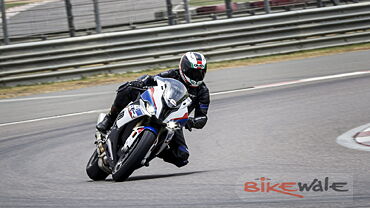
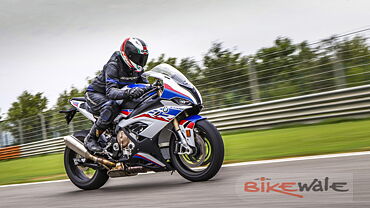
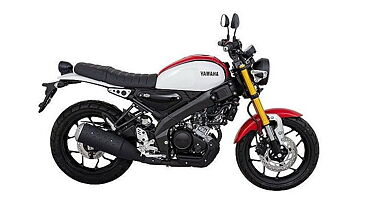

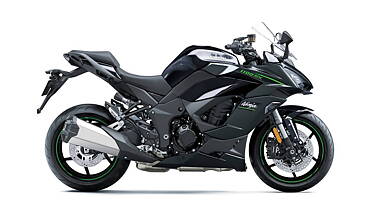

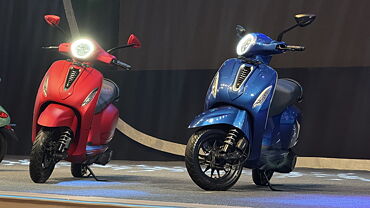

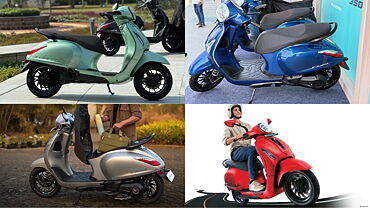
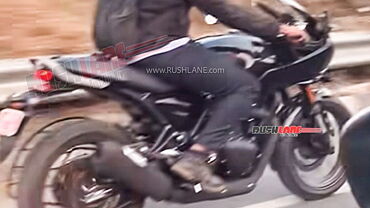

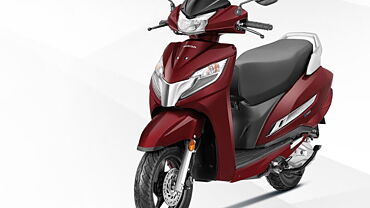
![BMW S1000 RR [2018-2019] Wheels-Tyres BMW S1000 RR [2018-2019] Wheels-Tyres](https://imgd.aeplcdn.com/199x112/bw/ec/40900/BMW-S1000-RR-2019-Wheelstyres-161689.jpg?wm=2&q=80)
![BMW S1000 RR [2018-2019] Wheels-Tyres BMW S1000 RR [2018-2019] Wheels-Tyres](https://imgd.aeplcdn.com/199x112/bw/ec/40900/BMW-S1000-RR-2019-Wheelstyres-161690.jpg?wm=2&q=80)
![BMW S1000 RR [2018-2019] Exterior BMW S1000 RR [2018-2019] Exterior](https://imgd.aeplcdn.com/199x112/bw/ec/40900/BMW-S1000-RR-2019-Exterior-161650.jpg?wm=2&q=80)
![BMW S1000 RR [2018-2019] Action BMW S1000 RR [2018-2019] Action](https://imgd.aeplcdn.com/199x112/bw/ec/40900/BMW-S1000-RR-2019-Action-161633.jpg?wm=2&q=80)
![BMW S1000 RR [2018-2019] Swingarm BMW S1000 RR [2018-2019] Swingarm](https://imgd.aeplcdn.com/468x263/bw/ec/40900/BMW-S1000-RR-2019-Swingarm-161688.jpg?wm=2&q=80)

